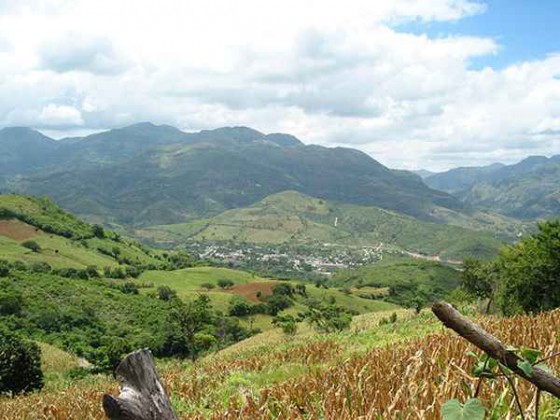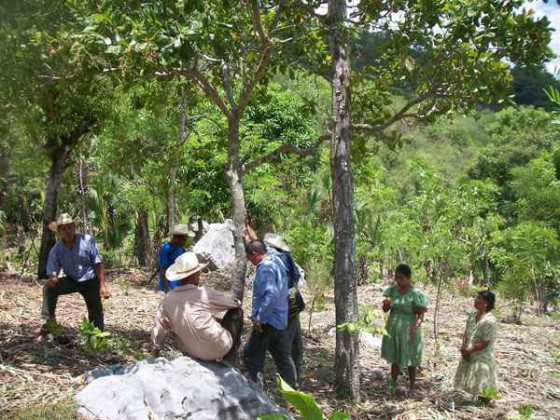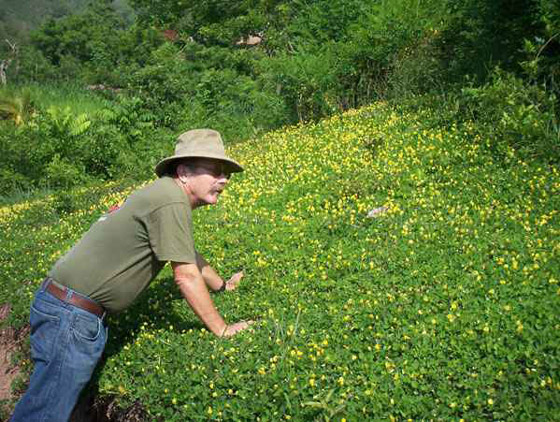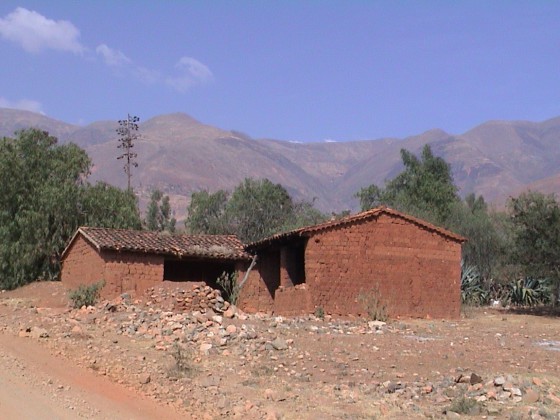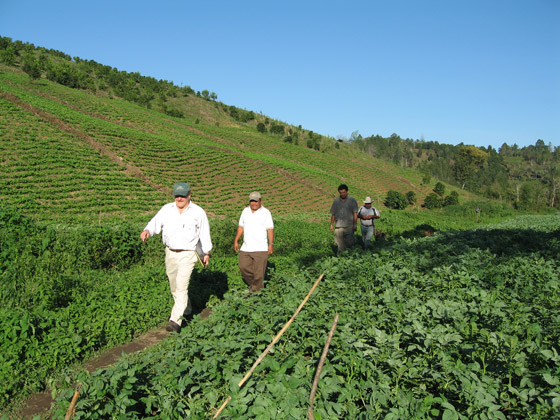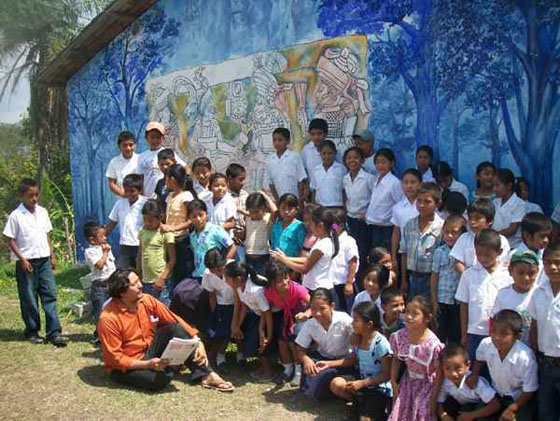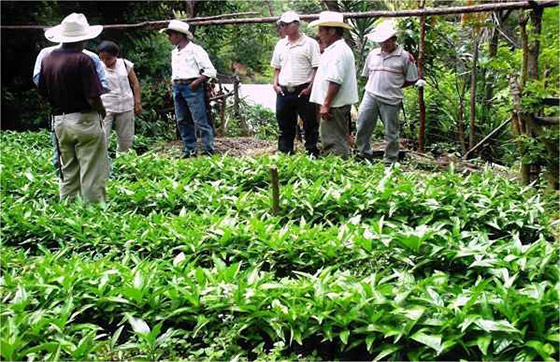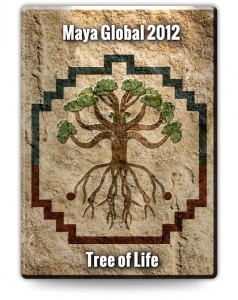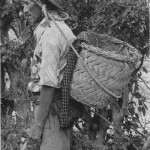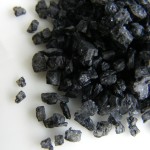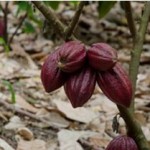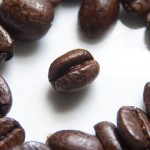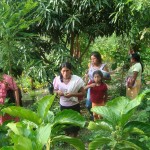The First Business Model
After my trips to Honduras and Guatemala in 2007, I made the unequivocal decision to develop a business model/plan that would present an opportunity to make December 21, 2012 the ‘dawning of a new era’. If you listen to many doomsayer/conspiracy types, the ending of the Maya 5,240 year calendar is the ‘end of time’, or the ending of the world. I didn’t buy it and still won’t. I believe there is still a lot of room for improvement for humankind.
As previously mentioned, Mr. Sedat and Mr. Gottschamer started their operations as a direct response to the deplorable conditions they found in the formerly Mayan region of Central America. Decades of misguided agricultural activities had left the soils severely depleted of natural elements. The hillsides had long since been stripped of trees, harvested to provide fuel, and were badly eroded. The indigenous people had been reduced to bare existence and were living well below the poverty level. The work of more than forty years and the alternative agroforestry businesses started by these men have reversed the status quo. The noni and macadamia trees flourish on the hillsides, and the New Useful Forest, with its diverse plantings of many useful native plant species, have halted erosion as they reforest the area.
After much analysis and further research, I proposed to combine the work of these two men with a robust expansion plan and an ‘advance market commitment’ business strategy to build demand by extolling the virtues of the agricultural and manufacturing operations that would produce the many products that would be sold under the MG 2012 label. The MG 2012 business plan would expand a network of “member growers” that would continue to reforest an increasing number of eroded hillsides, and supply MG 201 manufacturing facilities. The wide appeal of a “green” company, partially owned by indigenous peoples, coupled with natural healthy products, would make MG 2012 a very powerful brand. MG 2012 business model would afford the opportunity for thousands of indigenous families to escape poverty and elevate local living standards in their communities.
The MG 2012 concept and business model was developed based upon my wide experience in business development in several market sectors, and the wellness and specialty food industries. I immediately recognized the vast potential demand for the products being produced by Mr. Sedat and Mr. Gottschamer, along with other Maya indigenous crop sources. I decided the most progressive and profitable business model for our Maya indigenous endeavor would be to eliminate all the middle parties that are used in distribution and wholesale to the retail market. One of my key objectives was, and is today, to create a strategy for a very high ‘value chain’…meaning, to enhance indigenous profit margins (4-6 times greater), product differentiation, and competitive advantage.
Consequently, I needed to find an interested, established retailing equity-partner to fund the capital investment needed to expand agricultural yields and processing and manufacturing facilities required to allow for the creation of the “brand” identity. Under this business model, MG 2012 needed a retailing equity-partner with substantial retail outlets. The success of MG 2012, under this model, was predicated upon the establishment of the “brand” as an array of products produced by a socially responsible company helping to improve the environment of a degraded region of the world.
Be sure to check back on Thursday, November 6, for chapter 5, where I will cover the development of Maya Global 2012 through 2008.
